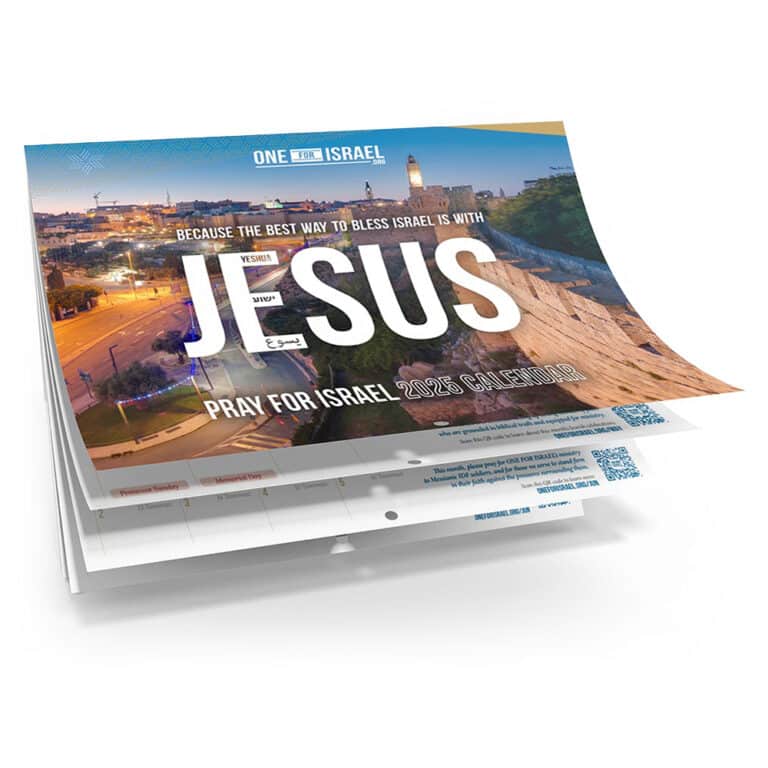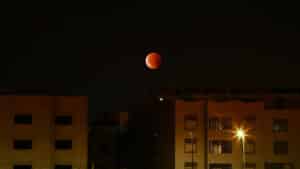A New Testament scholar is someone who has invested many years of his life, in academic study, learning the ancient Greek language, ancient texts, the history of the second Temple period, and so forth, in order to specialize and obtain as wide a perspective as possible about the cultural, historical, religious and political background. Or in other words, the context in which the text was written. When someone tries to step into the shoes of such a scholar without having the necessary background or knowledge on these subjects, he might embarrass himself with questions that can’t be answered, not because they don’t exist, but simply because he doesn’t have the tools to find them himself. But we are here to help!
Rabbi Daniel Asor and Rabbi Joseph Mizrachi set themselves a goal to try and find alleged “contradictions” in the New Testament. The problem is that neither of them is a historic scholar of the second temple period, and neither of them have any background or knowledge of the ancient Greek language. But this didn’t prevent them from writing much about the alleged “contradictions” they found, supposedly in the New Testament, in a bitter and desperate attempt to refute the reliability of this book. We have decided to take a few examples from Rabbi Asor’s writings, in order to show you what we’re talking about.
Contradiction #1:
In the gospel of Matthew 26:48, Judas Iscariot and the priests bribe each other, Judas agrees to turn Jesus in for 30 coins of silver. Judas Iscariot tells the priests that Jesus is the person to whom he will give a kiss on the cheek, so it will be possible to know, who among the people is Jesus. Rabbi Daniel Asor is certain that he found a deep contradiction in the New Testament, He says the following: “Why did the wise men needed an indication of a kiss like that? After all, according to the gospel stories, Jesus was very famous and well known.”
Certainly these guys could have simply taken a picture of Jesus with their smartphones, or at least gone to Jesus’ Facebook page, printed out his profile picture, and given it to the servant of the High Priest, who was sent by the High Priest with Judas Iscariot, in order to capture Jesus and bring him back. Apparently, Rabbi Daniel Asor doesn’t understand that 2,000 years ago, there were no smartphones, no cameras, no printers; and Mark Zuckerberg wasn’t even born yet. His reputation was known by many, but not necessarily his exact appearance. You don’t have to be a historian in order to refute this contradiction, but apparently, it doesn’t hurt.
Contradiction #2:
Rabbi Daniel Asor claims: “Where did they take the boy soon after his birth, to Egypt or to Jerusalem? According to Matthew 2:14 ‘And he rose and took the child and his mother by night and departed to Egypt.’ According to Luke 2:22 ‘And when the time came for their purification according to the Law of Moses, they brought him up to Jerusalem to present him to the Lord.’”
The answer is simple; Jesus was first taken to Jerusalem, according to the commandment of Redemption of the Firstborn, for the purification sacrifice, which was required by any woman who gave birth. Later, some time after Joseph and Miriam were living in Bethlehem, Joseph was warned that Herod wanted to kill Jesus. Therefore, the couple fled to the Jewish community in Egypt. Rabbi Asor decided that Matthew and Luke are speaking about the same point in time of Jesus’ life, and therefore there is a contradiction. But they are not. If I tell you that Moti ate a steak today and someone else tells you he ate a salad, is there necessarily a contradiction? Or is it possible that Moti ate a salad today, and then he also ate a steak?
Contradiction #3:
Rabbi Asor says: “In Paul’s writings, he wrote to the Romans: ‘Likewise, my brothers, you also have died to the law through the body of Christ, so that you may belong to another, to him who has been raised the dead, in order that we may bear fruit for God.’ (Romans 7:4) The question is, when were the Romans under the Law? Did they receive the Law on Mt. Sinai?… The only excuse is that Paul meant to exempt them from the seven Noahide Laws.”
No, it’s not the only ‘excuse’; we actually have another reason, and a better one for why Paul was talking to Roman citizens about the Law of Moses… Pay attention to what Paul is saying exactly three verses earlier: “Or do you not know, brothers – for I am speaking to those who know the law…” Is it possible that there were Jews in Rome? According to Wikipedia, during the 1st century AD, there were at least 40,000 Jews who lived in Rome. Some of them were members in this community, and they are the ones that Paul is addressing. Maybe the rabbi is not aware, but if a certain person is Jewish, it doesn’t mean he can’t be a citizen of Rome as well. Today also, there are Jews who live outside of Israel, and are citizens of the United States, Russia, Africa, Arab nations and so on.
Contradiction #4:
Jesus preached a lot… among his disciples as well as among the people. Perhaps his most famous sermon, is probably the one known as the “Sermon on the Mount”. Rabbi Daniel Asor is certain that he found an essential contradiction between the Gospels, as he claims: “All the gospels consider this event as important, naming it as the ‘Sermon on the Mount’. Matthew’s claim is that Jesus’ sermon took place on a mountain; Luke, on the other hand, claims that Jesus’ sermon took place on a plain. Mark writes that the sermon took place on a boat at sea.”
Matthew indeed claims that the sermon took place on a mountain. Luke doesn’t claim that the sermon was not on a mountain, but indicates that “He went down with them and stood on a level place.” (Lk. 6:17) apparently Jesus gathered the crowds that were on the mountain, to a leveled area, so that everyone could hear and see him. Somehow Rabbi Asor decided that the leveled area, of which Luke is talking about, could not be on a mountain, but this is just hisinterpretation. A plain in Hebrew, comes from the word “leveled”, meaning a particular area which is leveled, a plain. For example, Mount Arena located on the way to Jerusalem, on which there is a plain and an observatory. Okay, but this still doesn’t explain why in chapter 4 Mark wrote that Jesus was on a boat at sea, while the crowd was on the seashore? The answer is simple, and comes from Mark himself, who says: “And he was teaching them many things in parables.” (Mark 4:2) The Sermon on the Mount did not include parables. That means that Mark was actually speaking about another time when Jesus gave a sermon, and not about the Sermon on the Mount, and whoever compares the Sermon on the Mount to the one, which according to Mark, Jesus gave from the sea, will not be surprised to find that Jesus is talking about completely different issues. So we put it to you that in this case, you don’t have to be an educated person or hold advance academic degrees, but you just need to have some integrity and honesty.
Contradiction #5:
Rabbi Daniel Asor quotes from the Passover meal that Jesus held with his disciples in Matthew 26:26, where it says: “Now as they were eating, Jesus took bread, and after blessing it broke it and gave it to the disciples.” The Rabbi wonders how can it be possible that Jesus ate bread on Passover? This is what happens to someone who tries to take on himself the role of a New Testament scholar even though he never learned ancient Greek. In ancient Greek, the word used by the New Testament, which was translated to “bread” is “artus”, this word has a very wide meaning; categorical, general, one that can describe many different kinds of breads; leavened breads, and also unleavened breads. In other words, this is exactly like me accusing Rabbi Asor for eating pork, just because he told me he ate meat.
To conclude, it will be our pleasure to go over all the contradictions suggested by the rabbis with you, but you already get the idea, these are not contradictions, but extremely desperate attempts to refute the New Testament, and by doing so, to hide Jesus from you.
















